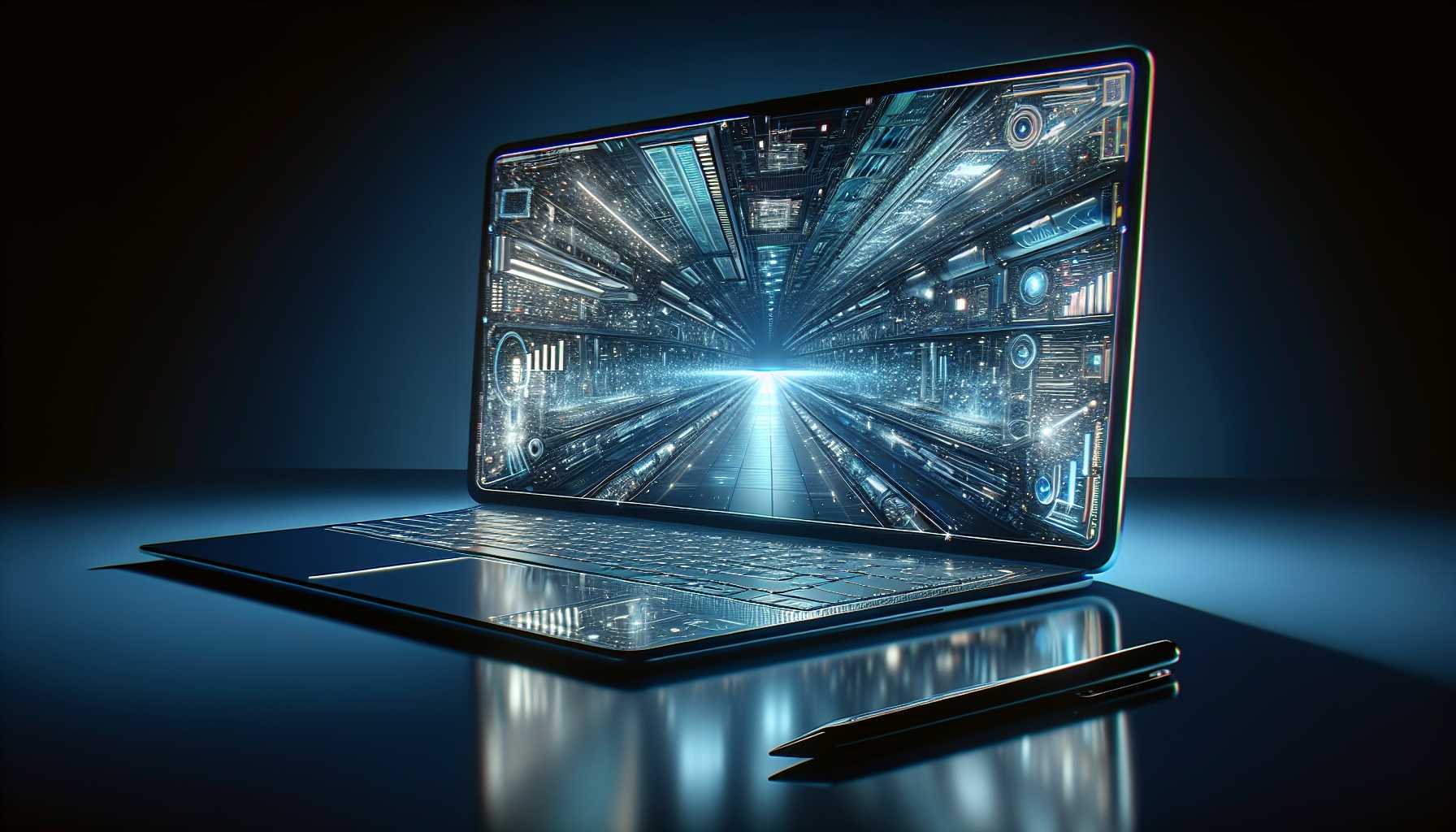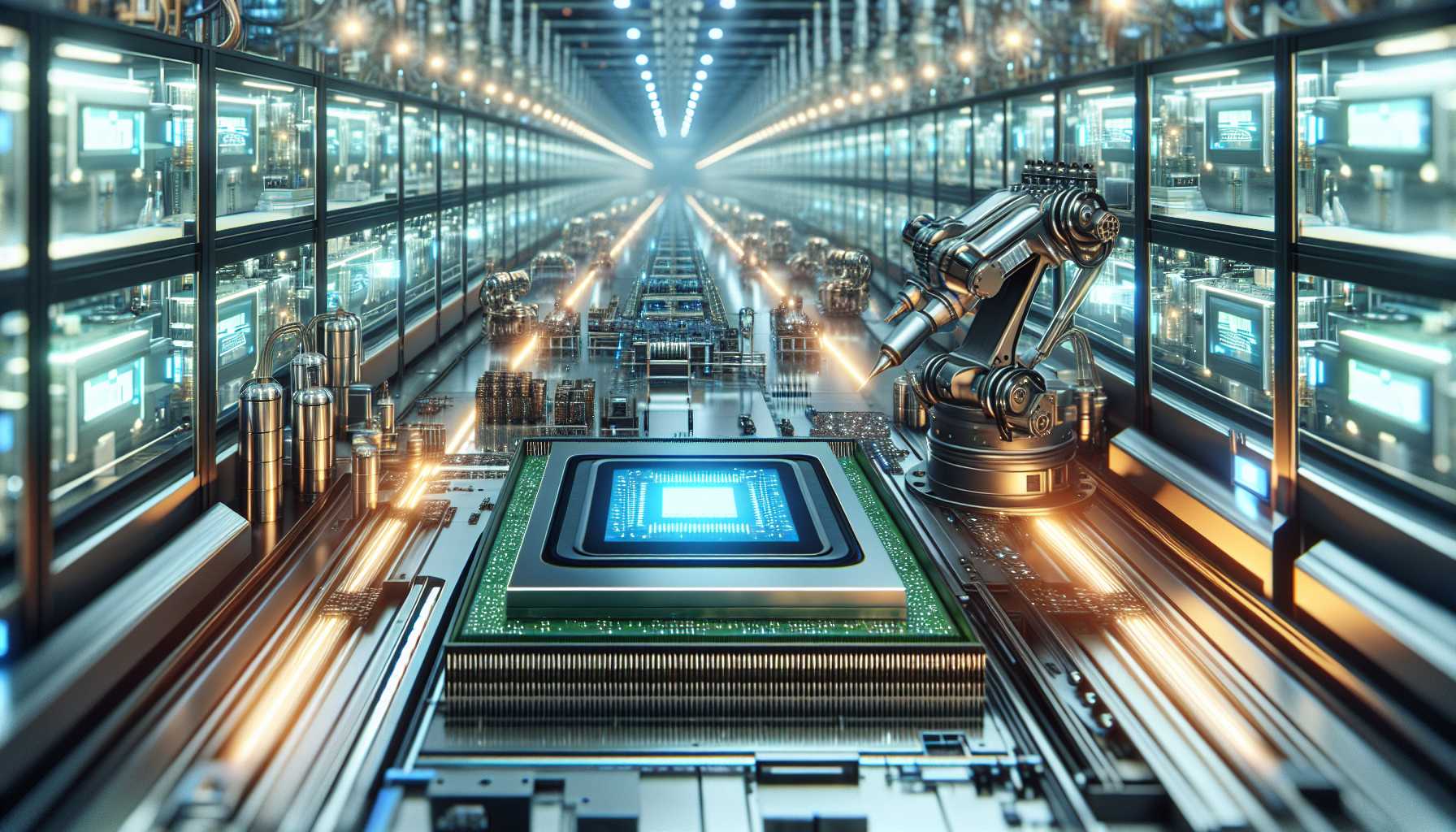Lenovo’s Bold Leap with Extendable Displays
Lenovo, a long-standing name in business laptops, has recently shifted its strategy to inject excitement into its offerings. Their new ThinkBook Plus, expected to debut at CES 2025, promises to push boundaries with its extendable display concept, offering an extra 10 inches of screen real estate. This innovative design resembles technological origami, seamlessly blending innovation and practicality.
While the leaked photos raise questions about how Lenovo will address balance and weight challenges, the potential for multitasking—note-taking during video calls, dual presentations, or simultaneous document editing—could revolutionize laptop work. However, integrating such advanced hardware often presents software development challenges. It will be interesting to see how operating systems and drivers handle this new dual-screen format, especially considering the public’s skepticism towards Lenovo’s previous dual-booting systems.
Regardless of the outcome, Lenovo’s pursuit of innovation invigorates both tech players and end users.
AI Breakthroughs: OpenAI’s O3 and the Future of Test-Time Scaling
The AI landscape is undergoing a significant transformation, with OpenAI’s O3 model leading the charge. The concept of test-time scaling, introduced by O3, challenges the perceived limits of AI capabilities. This approach involves increasing computational power during the inference stage, essentially giving the AI a boost before a task. While this method comes with a hefty price tag, it suggests that AI systems could become more intelligent by optimizing resource allocation during complex tasks.
However, the expensive infrastructure required presents a trade-off between cost and performance, echoing the ongoing CPU vs. GPU debate. While test-time scaling offers intriguing possibilities, its adoption may be limited to enterprises with substantial financial resources for now.
xAI’s Expanding Universe Under Elon Musk: Ambitions and Legal Battles
Elon Musk’s AI company, xAI, continues to make strides after securing $6 billion in financing. Musk’s vision for xAI is not just to join the AI race but to redefine the landscape with disruptive tools, including its generative AI model Grok. xAI’s strategic plan involves leveraging data from Musk’s other ventures like Tesla and SpaceX, creating a technological synergy between these giants to enhance their competitive edge. This ecosystem-centric approach could prove groundbreaking.
However, concerns remain regarding the potential legal and ethical implications of this interconnectedness, especially given Musk’s history of legal disputes with other AI companies. xAI’s path is paved with immense opportunity, but also potential lawsuits and internal challenges. The fierce competition in AI and Musk’s history of litigation make xAI’s trajectory worth watching closely.
European Tech Landscape: AI’s Rise and Promising Horizons
European AI has been quietly blossoming, away from the media frenzy surrounding the U.S. Valued at a substantial $508 billion, the AI segment of Europe’s tech sector has doubled its weight in just a few years. Companies across the continent are experiencing significant funding inflows as venture capitalists recognize the untapped potential and abundant talent in this region.
With technology, talent, and capital fueling AI’s growth in Europe, new players are emerging. AI startups here have demonstrated resilience, adaptability, and a collaborative spirit that the industry desperately needs. AI is not just transforming the tech sector but also reshaping industries by streamlining operations, enhancing productivity, and unlocking new levels of efficiency across various fields.
While some may argue that Europe’s tech scene is overshadowed by the U.S., the truth is that European startups are thriving in their ecosystem, increasingly driven by industry disruptors on the AI front.
Charting the Future of Chipmaking: Nvidia and Beyond
Nvidia has had a stellar year in the semiconductor arena, riding the AI wave and strategically positioning itself as a dominant player in the chip industry. Their Blackwell chip, designed for next-generation AI applications, ensures a strong foothold as the demand for more powerful AI computing power grows.
With other players like AMD and TSMC eager to enter this burgeoning market, Nvidia’s continued investment in performance-enhancing software and hardware will be crucial to maintaining its lead. The semiconductor race is unforgiving, where even rumors of advancements or missteps can dramatically alter trajectories.
In the near term, Nvidia will need to navigate pricing pressures, sustain its research momentum, and manage relationships with hyperscalers. As an investor and tech enthusiast, I predict that the company that best leverages the intersection of chip performance, power efficiency, and cost-effectiveness will have the brightest future in this field.
This overview highlights both the promising developments and inherent challenges within the tech sphere as we venture into 2025. With each stride forward, the industry blazes paths into uncharted territories, redefining horizons and reshaping our day-to-day reality.





